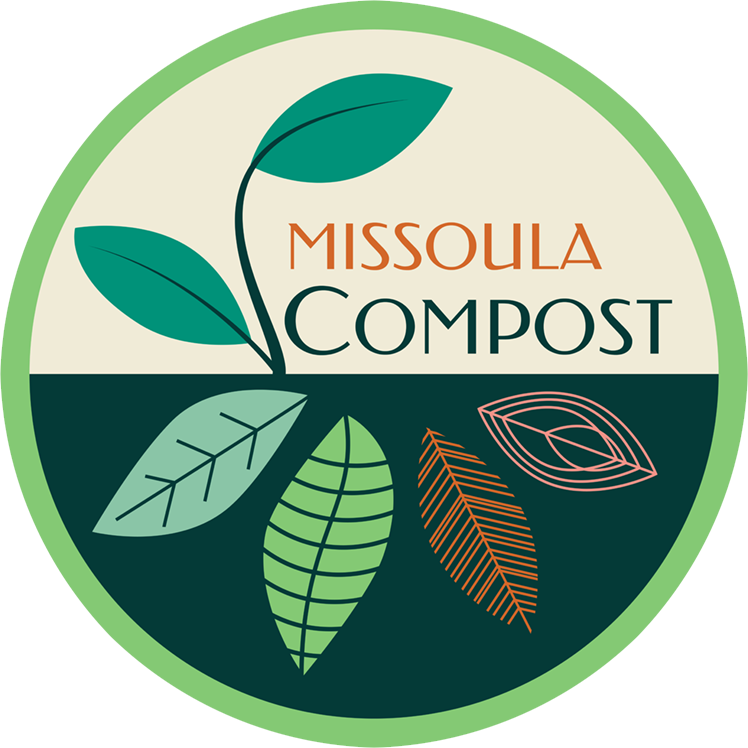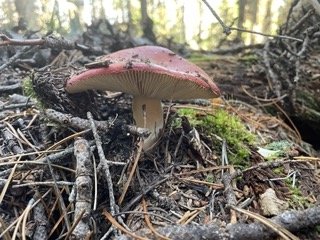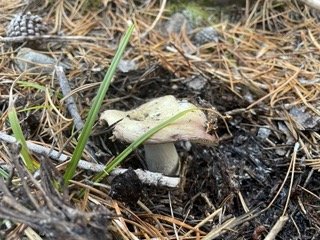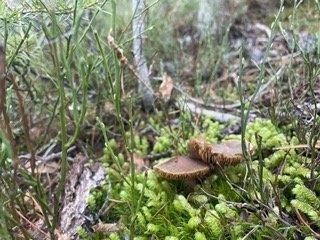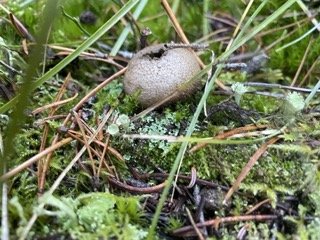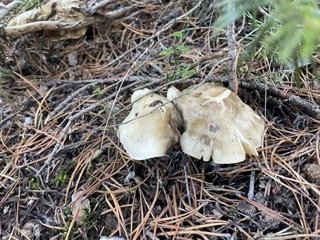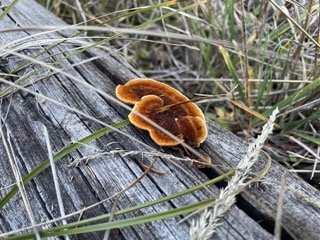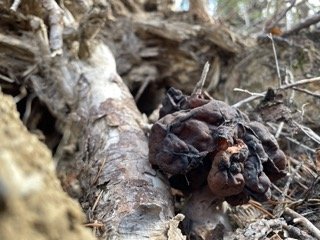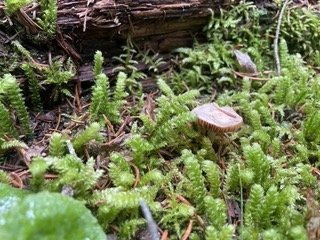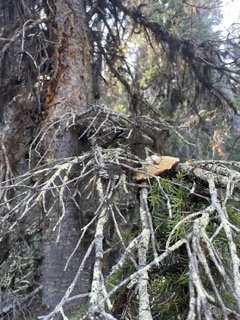Just for Fun-gi’s
Fungi are the unsung heroes of composting. These guys are hard workers, unique contributors, and most of all, a whole lot of fun!
Three main critters are involved in the composting process, bacteria, invertebrates, and fungi. Fungi are important to have in compost because they alone have the ability to break down or modify lignin (LIG-nehn). Lignin is an organic polymer that primarily makes up wood. Tree’s are able to stand tall and withstand most rot thanks to lignin. It’s one weakness; fungi.
Fungi can break down or modify lignin in two ways. White rot fungi uses strong enzymes that split lignin’s chemical bonds, breaking down woody material into simple sugars. Brown rot, on the other hand, produces hydrogen peroxide and other chemicals that react naturally to modify the lignin. This is called the "Chelator-Mediated Fenton reaction" (CMF) process. This reaction has the ability to liquefy up to 75% of a piece of pine wood.
Okay, so the lignin is broken down or modified, now what? This is where fungi are the real heroes. “While fungi only make up 8% of gut microbes, they break down 50% of the biomass”. Basically, they prepare feasts for other little critters to digest into nutrient rich soil. Bacteria and invertebrates cannot process material with lignin barriers; with fungi’s help they can eat all day!
This also means fungi are responsible for the superior stability and structure of compost soil. Wood is carbon based. Carbon materials provide structure to compost soil; increasing its water retention, root penetration, and resistance to erosion. Without fungi, it would be extremely difficult to produce stable compost soil.
Fungi involved in composting aren't necessarily the same fancy fungi we see in the woods. These show offs are simply the “fruiting bodies of fungi that sprout from the soil”. The cap is really just the “fruit or flower” fungi use to reproduce via spores. Mushrooms are unique, mysterious, and beautiful.
These are some mushrooms we found in Missoula’s forests:
*Disclaimer: Mushrooms can be extremely poisonous when eating or even touching. Please don’t go around handling or eating wild local mushrooms unless well educated on the matter*
Resources:
Cripps, Cathy. Montana Mushrooms: A Beginners Guide. Montana Outdoors. May-June, 2021.
